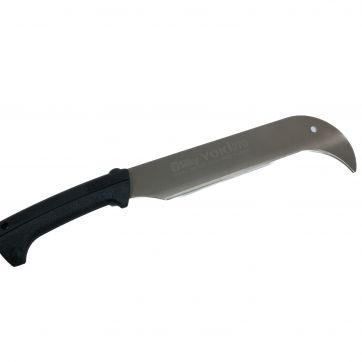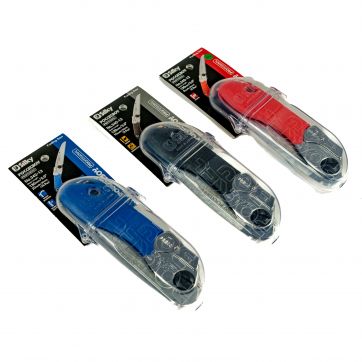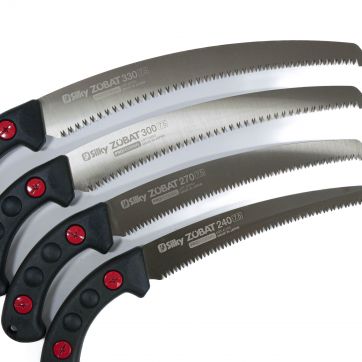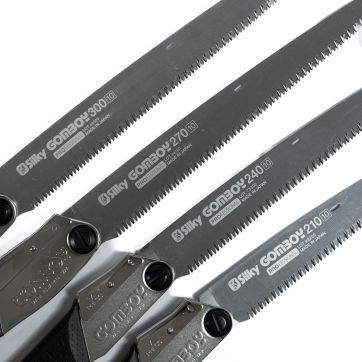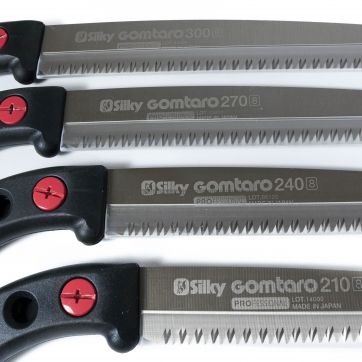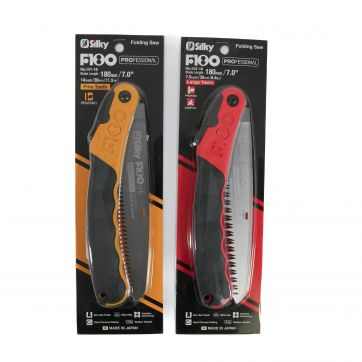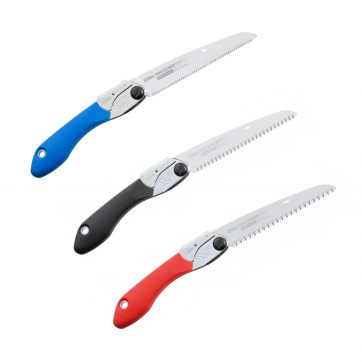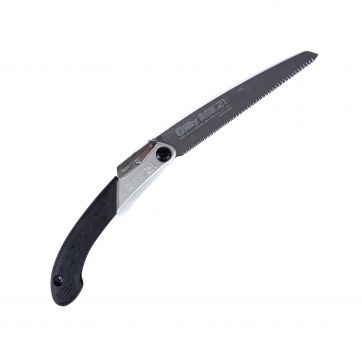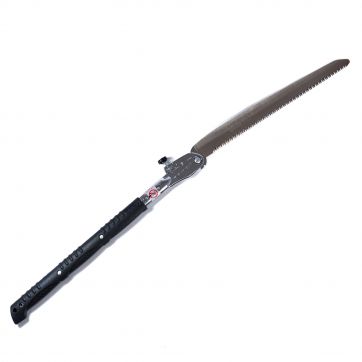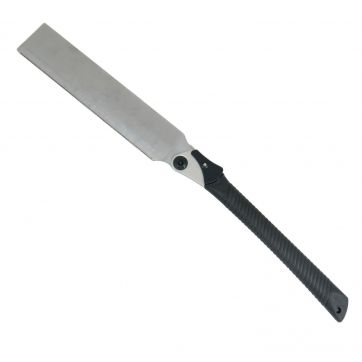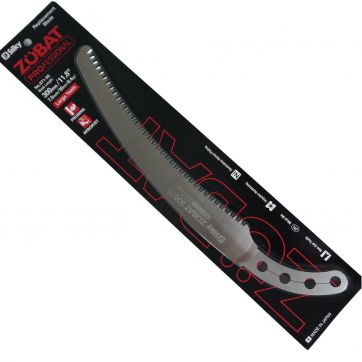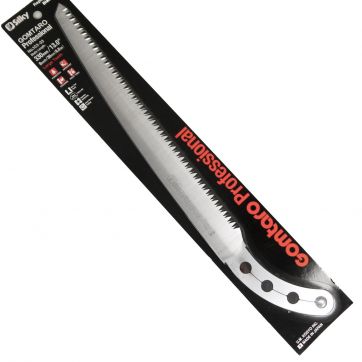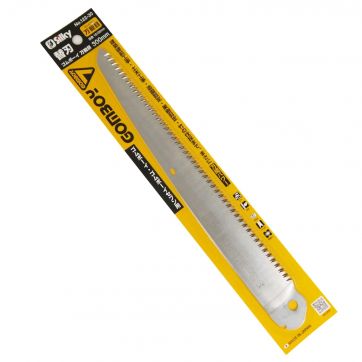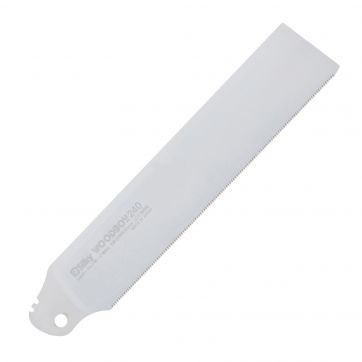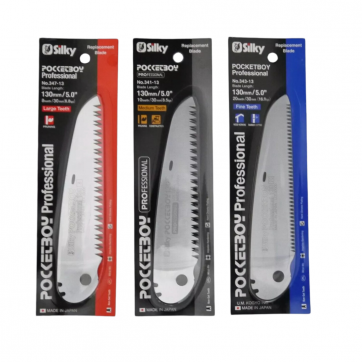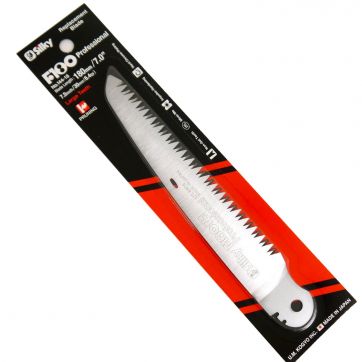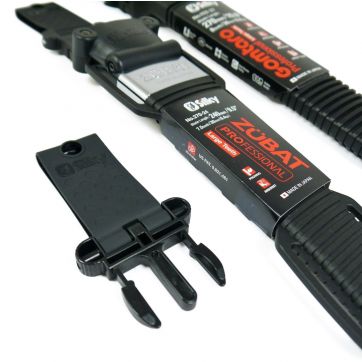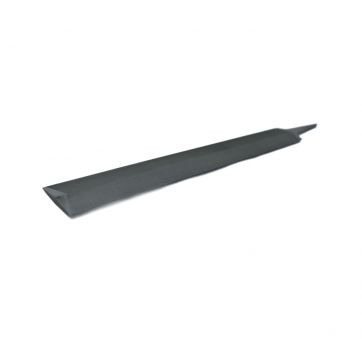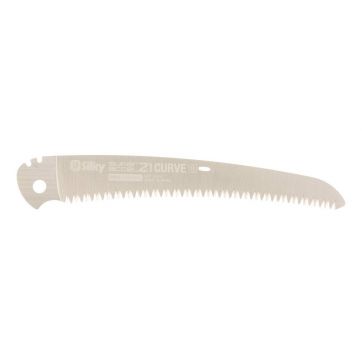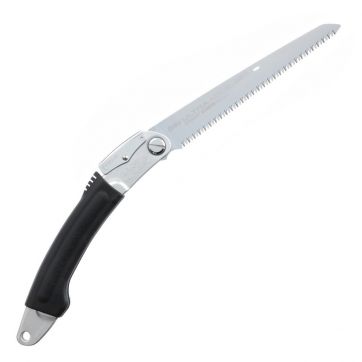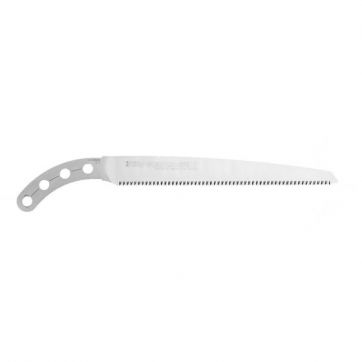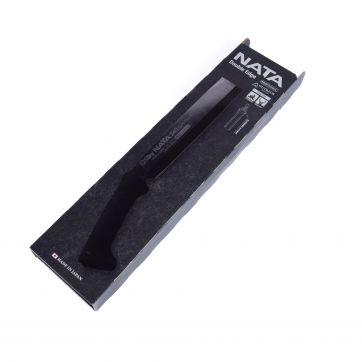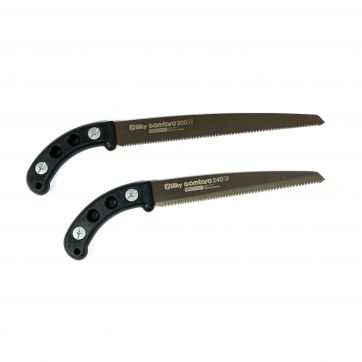1-24 of 60 results
Sort by:
Need help and advice?
Tap into decades of specialist knowledge, from tool selection to care and maintenance, we are here to help.
Book an appointment to talk tools with Woodsmith.


Your bag is empty.
Continue Shopping
Silky, a renowned Japanese saw maker with 100 years of experience, combines traditional saw making knowledge with innovative production methods to create market-leading tools. Silky saw blades are crafted from Premium Japanese Steel, laser-cut for precision. These blades are exceptionally hard and wear-resistant while remaining flexible due to a soft metal core.
Most Silky saw teeth are impulse hardened, ensuring long-lasting sharpness. Replacement blades are readily available and easy to install. Some of their models are made from high-alloyed steel, offering enhanced strength, corrosion resistance, and durability against temperature changes.
For maintenance, simply clean the blade with warm soapy water and a soft brush after use. If necessary, use a citrus cleaner or mineral spirits to remove sap, avoiding solvents on the handle. Dry the saw thoroughly before storage, and consider applying a light oil to the blade for extra care.
Tap into decades of specialist knowledge, from tool selection to care and maintenance, we are here to help.
Book an appointment to talk tools with Woodsmith.
We use cookies to provide and improve your shopping experience. More information in our cookie policy.
